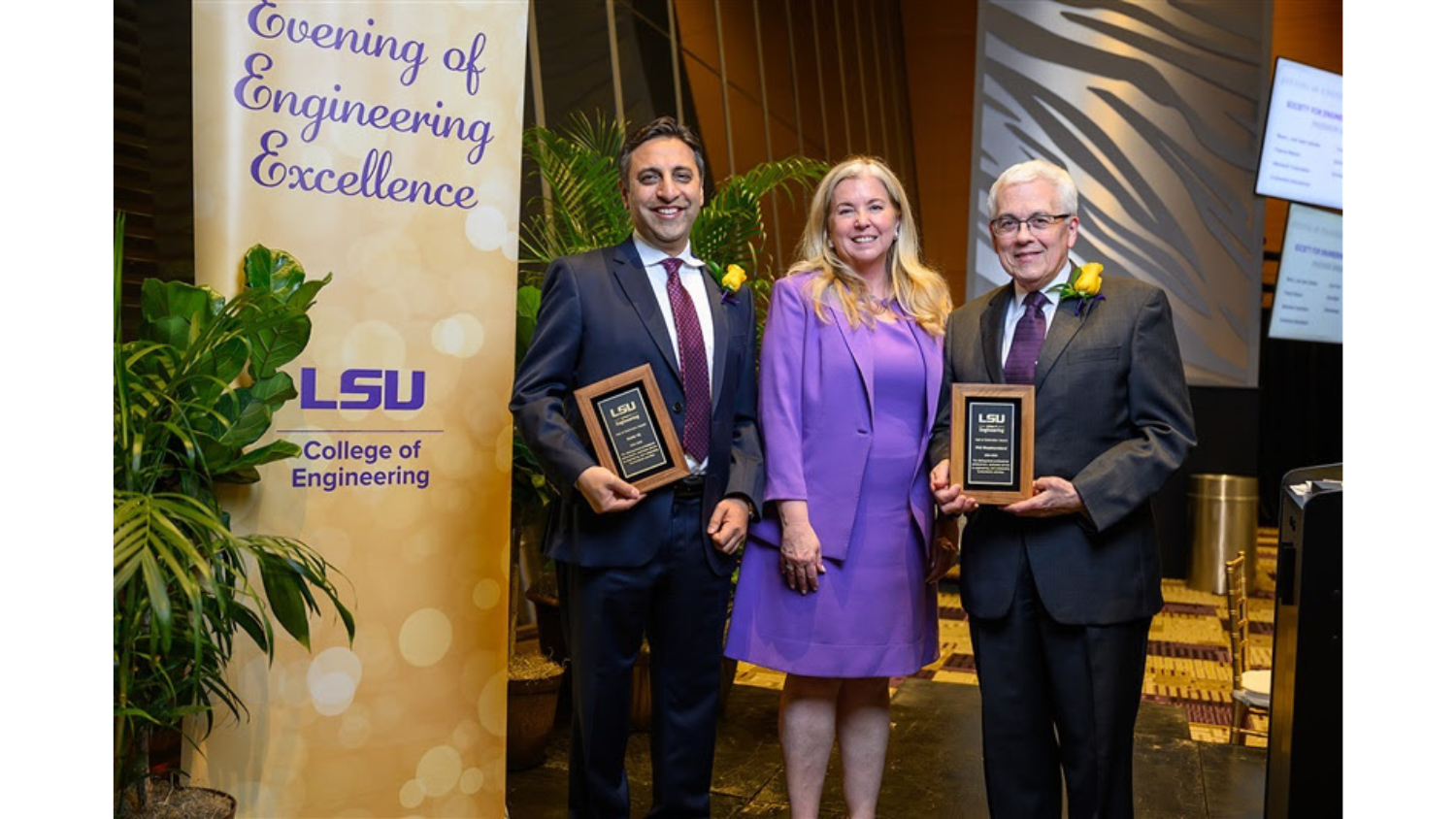Velev Group Develops Technique for Printing 3-D Silicone Structures in Water
![]() Using the principles behind the formation of sandcastles from wet sand, members of Dr. Orlin Velev’s research group have achieved 3-D printing of flexible and porous silicone rubber structures through a new technique. The technique can be used in a dry or a wet environment, suggesting that it has the potential to be used in live tissue – think of an ultraflexible mesh encapsulating a healing droplet, or a soft bandage that can be applied or even directly printed on some portion of the human body, for example.
Using the principles behind the formation of sandcastles from wet sand, members of Dr. Orlin Velev’s research group have achieved 3-D printing of flexible and porous silicone rubber structures through a new technique. The technique can be used in a dry or a wet environment, suggesting that it has the potential to be used in live tissue – think of an ultraflexible mesh encapsulating a healing droplet, or a soft bandage that can be applied or even directly printed on some portion of the human body, for example.
“There is great interest in 3-D printing of silicone rubber, or PDMS, which has a number of useful properties,” said Velev, INVISTA Professor of Chemical and Biomolecular Engineering at NC State. “The challenge is that you generally need to rapidly heat the material or use special chemistry to cure it, which can be technically complex.
“Our method uses an extremely simple extrudable material that can be placed in a 3-D printer to directly prototype porous, flexible structures – even under water,” Velev added. “And it is all accomplished with a multiphasic system of just two materials – no special chemistry or expensive machinery is necessary. The ‘trick’ is that both the beads and the liquid that binds them are silicone, and thus make a very cohesive, stretchable and bendable material after shaping and curing.”
The research paper that describes the work, 3D Printing by Multiphase Silicone/Water Capillary Inks was published June 7, 2017, online in Advanced Materials. CBE graduate students Sangchul Roh (first author) and Dishit Parekh; Dr. Bhuvnesh Bharti, a faculty member at Louisiana State University; and Dr. Simeon Stoyanov of Wageningen University in The Netherlands are co-authors. Dr. Velev is the corresponding author.
The research is funded by the National Science Foundation under grant CBET-1604116 and by the Research Triangle Materials Research Science and Engineering Center on Programmable Soft Matter under grant DMR-1121107. NC State has filed a provisional patent on the new technique.
The original version of this article was written by Mick Kulikowski, University Communications Assistant Director-News.


